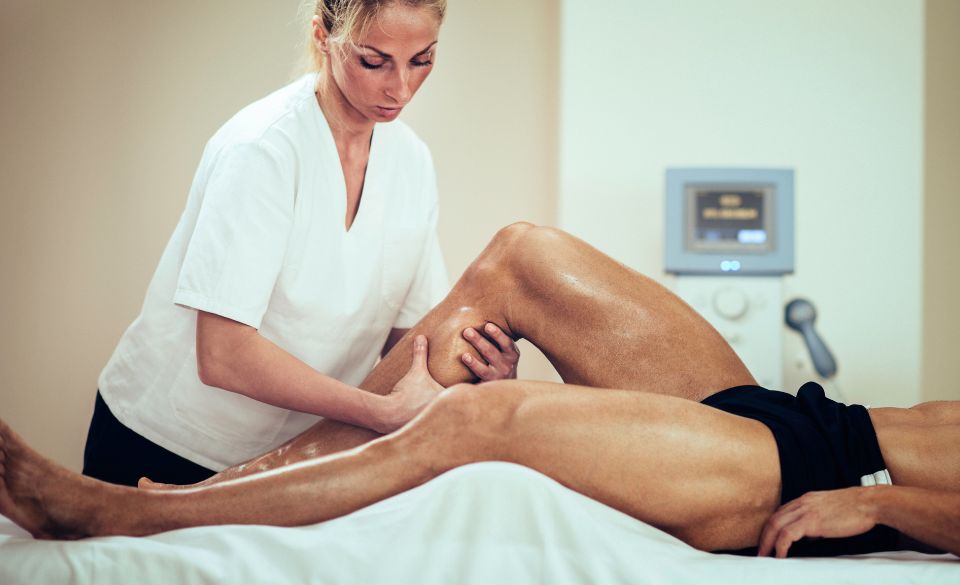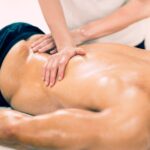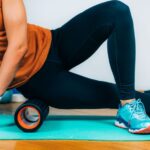
Choosing the Best Type of Massage: A Runner’s Guide to Recovery
Page Contents
- The Best Type of Massage for Runners
- The Swedish Soothe: A Classic Choice for Overall Relief
- Deep Tissue Delight: Unearthing Knots and Tension
- Trigger Point Therapy: Pinpointing Pain for Precise Relief
- Sports Massage: Tailored to Your Athletic Needs
- Making the Most of Your Massage Experience: Tips for Runners
- Conclusion: Finding Your Perfect Massage Match
As dedicated runners, we push ourselves to the limit with every stride, conquering new distances and aiming for personal bests. But with this exhilaration comes the inevitable toll on our muscles and joints. Enter the world of massage therapy – a vital component of any runner’s recovery routine. However, with a multitude of massage techniques available, how do you choose the best one for your specific needs? Fear not, fellow runners, as we delve into the realm of massages tailored to your running journey.
The Best Type of Massage for Runners
As dedicated runners, we know that each stride comes with a unique blend of exhilaration and effort. From conquering challenging terrains to pushing our limits in pursuit of personal records, our bodies endure a remarkable journey. But every runner also understands the toll this journey can take on muscles, joints, and overall well-being. That’s where the world of massage therapy steps in – a powerful tool that can transform your recovery game and propel your running journey to new heights.
In the realm of massage therapy, various techniques offer targeted relief and rejuvenation specifically tailored to the needs of runners. The soothing strokes, precise pressure, and expert touch of a skilled massage therapist can work wonders, not only soothing tired muscles but also enhancing your overall performance. So, whether you’re a seasoned marathoner or someone who finds solace in a leisurely jog, join us as we embark on a journey to uncover the best type of massage for runners. Below we have picked out the best types of massages for runners.
The Swedish Soothe: A Classic Choice for Overall Relief
When it comes to a well-rounded and versatile massage option, the Swedish massage stands as a classic favorite. Known for its gentle yet effective approach, the Swedish massage involves long, gliding strokes, kneading, and circular movements that target superficial layers of muscle. This technique promotes relaxation, reduces muscle tension, and increases blood circulation – all factors that contribute to quicker recovery for runners.
A study published in the Journal of Sports Science & Medicine explored the impact of Swedish massage on athletes. The findings revealed that this type of massage significantly reduced muscle soreness and perceived fatigue after intense exercise, making it a valuable choice for runners seeking comprehensive relief.
Deep Tissue Delight: Unearthing Knots and Tension
For runners with stubborn knots, muscle tightness, or chronic pain, the deep tissue massage is a go-to option. This technique involves applying firm pressure and slow strokes to target deeper layers of muscle and connective tissue. While deep tissue massages may be more intense, they can effectively release tension, break down adhesions, and restore mobility in overworked muscles.
A study published in the Journal of Alternative and Complementary Medicine examined the effects of deep tissue massage on muscle function and range of motion. The results showed that participants who received deep tissue massage experienced improvements in muscle flexibility and functional performance, making it a promising choice for runners aiming to address specific muscular issues.
Trigger Point Therapy: Pinpointing Pain for Precise Relief
For runners dealing with localized areas of pain and discomfort, trigger point therapy offers targeted relief. This technique focuses on identifying and releasing trigger points, which are tight knots within muscles that can radiate pain to other areas of the body. By applying pressure to these trigger points, massage therapists can alleviate pain and improve muscle function.
Research published in the Journal of Bodywork and Movement Therapies investigated the effectiveness of trigger point therapy on individuals with plantar heel pain, a common issue among runners. The study found that trigger point therapy led to a reduction in pain and an increase in foot function, highlighting its potential as a valuable tool for runners dealing with specific areas of discomfort.
Sports Massage: Tailored to Your Athletic Needs
For runners seeking a massage that’s specifically designed to cater to their athletic demands, the sports massage is a tailored option worth considering. Sports massage incorporates a combination of techniques, including deep tissue, stretching, and joint mobilization, to address your individual needs as a runner. Whether you’re training for a marathon or simply enjoy hitting the pavement, a sports massage can help prevent injuries, improve flexibility, and enhance overall performance.
A study published in the Journal of Strength and Conditioning Research examined the effects of sports massage on lower limb muscle performance. The results indicated that sports massage contributed to increased muscle strength and power, highlighting its potential to positively impact athletic performance and recovery.
Making the Most of Your Massage Experience: Tips for Runners
Now that you’re armed with the knowledge of various massage techniques tailored to runners, let’s dive into some practical tips to ensure you get the most out of your massage experience. Whether you’re a seasoned marathoner or a recreational jogger, these insights will help you maximize the benefits of your massage and supercharge your post-run recovery.
1. Communication is Key:
Open and honest communication with your massage therapist is essential. Before your session, discuss your running routine, any areas of concern, and your goals for the massage. This information will help the therapist tailor the session to your specific needs, ensuring that you receive the most effective treatment.
2. Timing Matters:
Consider the timing of your massage in relation to your running schedule. While a post-run massage can help alleviate muscle soreness, receiving a massage a day or two before a big race might not be ideal, as your body may need time to recover from the treatment. Plan your massage sessions strategically to align with your training and racing calendar.
3. Hydration and Post-Massage Care:
Stay well-hydrated before and after your massage. Hydration supports the body’s natural detoxification process, helping to flush out toxins released during the massage. Additionally, consider gentle stretching and light activity post-massage to prevent muscles from becoming stiff.
4. Follow Up with Self-Care:
While professional massages are invaluable, incorporating self-care practices into your routine can further enhance your recovery. Foam rolling, using massage balls, and performing dynamic stretches can help maintain the benefits of your massage between sessions.
Conclusion: Finding Your Perfect Massage Match
As you lace up your running shoes and set out on your next adventure, remember that the world of massage therapy offers a plethora of options to support your recovery and elevate your running experience. From the soothing strokes of a Swedish massage to the targeted relief of trigger point therapy and the tailored approach of sports massage, each technique has its own unique benefits to offer.
When selecting the best type of massage for your runner’s journey, consider your specific needs, preferences, and any existing muscle issues. Consulting with a skilled massage therapist can help you determine the ideal technique to complement your training regimen. So, whether you’re unwinding after an exhilarating race or preparing for your next long run, rest assured that the perfect massage match is out there, waiting to enhance your recovery and keep you running strong.



